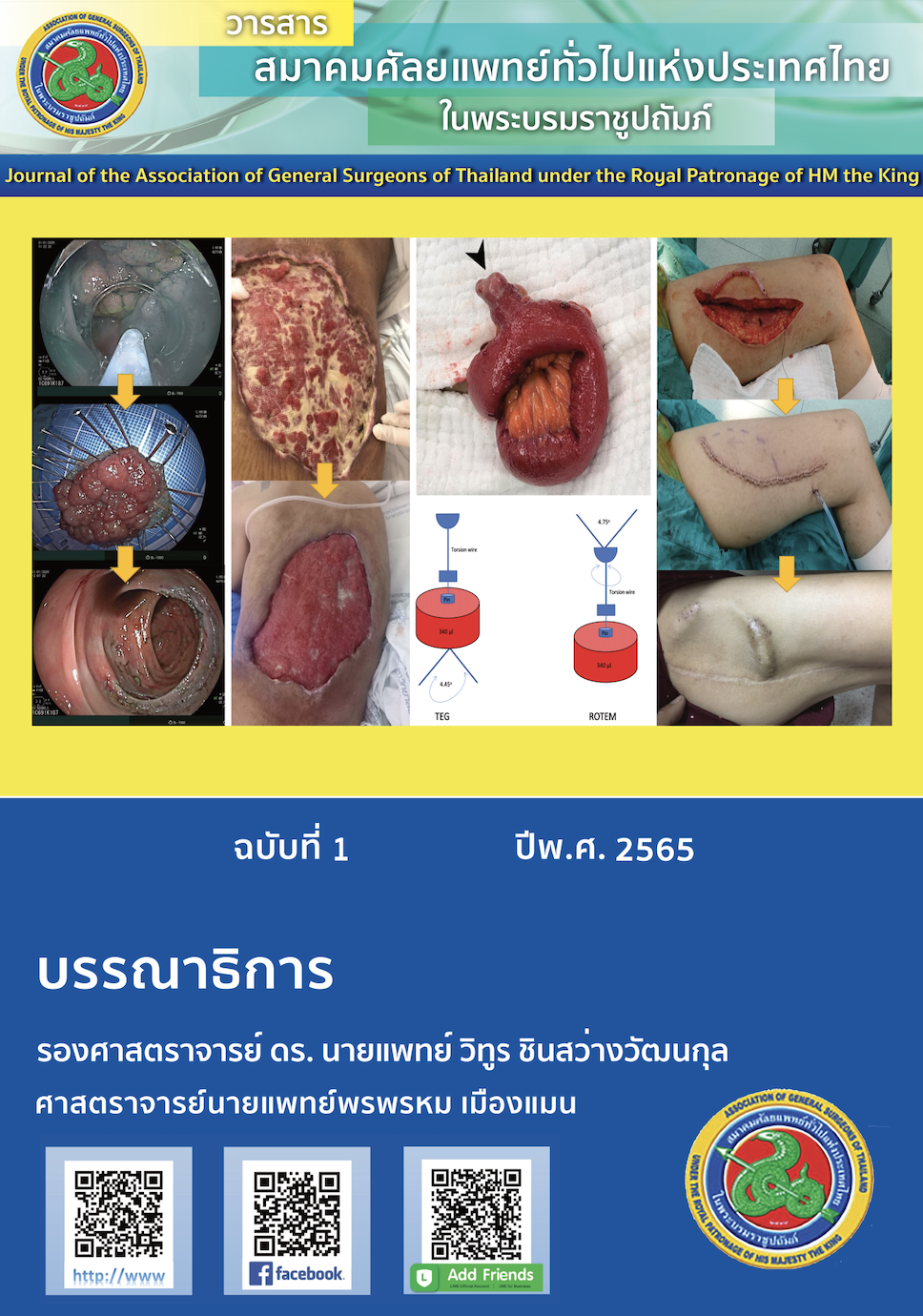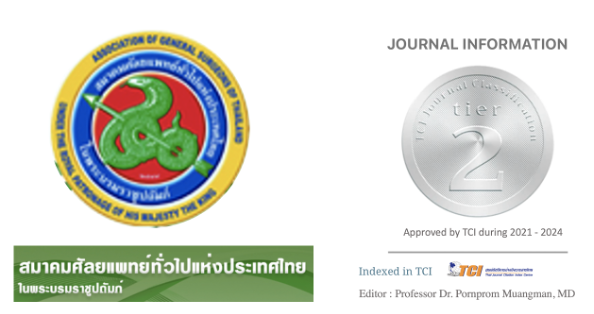Transposition of femoral vein arteriovenous fistula should be readily considered in hemodialysis patients with exhausted upper arm AV access
Abstract
Introduction: In end stage renal disease patients (ESRD), the upper limb is the preferred choice for permanent arteriovenous access creation. But some patients have exhausted upper extremity veins. The lower extremity prosthetic fistula or thigh arteriovenous graft (AVG) raises concern about the infection, patency and ischemic limb complication. Femoral vein transposition arteriovenous fistula (FV tAVF) is an alternative to AVG. The aim of this study was to compare the patency and related outcomes of FV tAVF, upper arm AVG, and thigh AVG.
Materials and methods: Retrospective data between October 2017 and July 2021 were reviewed. Ninety-three patients underwent AV access. Preoperative clinical findings, intraoperative findings, perioperative outcomes, long-term postoperative complications, and the overall patency of AV access were collected and analyzed by multivariate analysis and Cox proportional-hazards model.
Result: Twenty-one patients underwent FV tAVF, thirty-four patients underwent upper arm AVG, and thirty-eight patients underwent thigh AVG for permanent AV access. The gender ratio was 1.2:1 (male:female). Infection rates were 0%, 11.7% and 2.6%, respectively. Wound and other local complications such as wound evisceration, lymphocele was 19% in patients with FV tAVF. Patients who underwent FV tAVF had more blood loss compared with upper arm AVG (adjusted odds ratio [aOR] 1.05 [95%CI 1.02 - 1.08]; P = 0.003), and thigh AVG (aOR 1.02 [95%CI 1.01 - 1.03]; P = 0.003). Patients who underwent FV tAVF had longer operative time compared with thigh AVG (aOR 1.09 [95%CI 1.03 - 1.14]). Patients who underwent FV tAVF had longer length hospital stay compared with upper arm AVG (aOR 4.34 [95%CI 2.00 - 9.09]; P < 0.001), and thigh AVG (aOR 3.12 [95%CI 1.37 - 7.15]; P = 0.007). The 1-month patency rate was not different between FV tAVF, upper arm AVG and thigh AVG. (93.3%, 96.3% and 97.1%, respectively; P = 0.814). However, the 1-year patency rate of FV tAVF was better than other types of AV access (93.3%, 70.3% and 68.5%, respectively; P =0.162) Survival analysis demonstrated the FV tAVF had better 1-year patency than upper arm and thigh AVG (hazard ration [HR] 1.24 [95% CI 0.43 - 3.54]; P = 0.190). One-year mortality rate of FV tAVF did not differ from upper arm and thigh AVG (HR 0.38 [95%CI 0.09 - 1.61]; P = 0.190).
Conclusion: FV tAVF caused more blood loss, longer operative time and longer hospital stay than upper arm or thigh AVG, without significantly higher mortality rate. The 1-year overall patency of FV tAVF was better than the other types of AV access. So, FV tAVF should be considered in patients with exhausted upper arm AV access without significant infection or wound complications.
Keywords: Femoral vein transposition arteriovenous fistula (FV tAVF), Lower extremity prosthetic fistula, thigh arteriovenous graft (AVG), upper arm AVG




